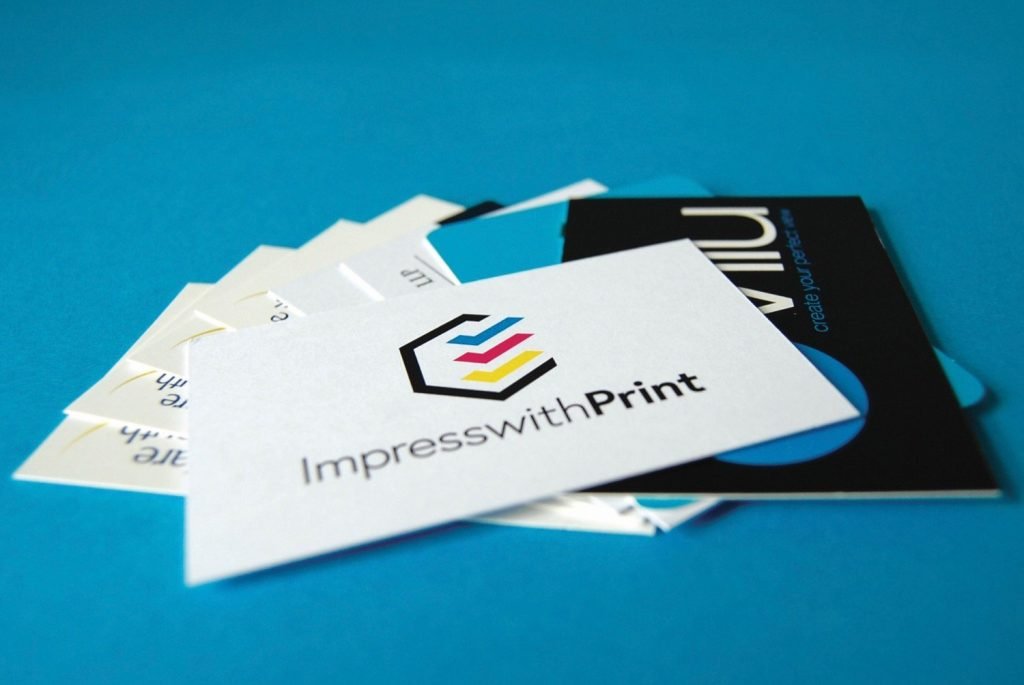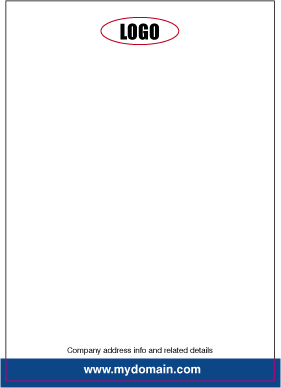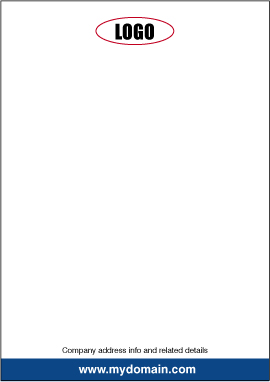
If you are looking for superb results then a matte or gloss laminated business card printed on a superb 400gsm Silk board may be just what you need!
The look and feel of these cards cannot be accurately conveyed in words.
Beware of cheaper imitations.
More and more companies are appearing on the web selling so-called ‘laminated cards‘ at vastly reduced prices that seem too good to be true. In many cases, it is too good to be true. The process used is to print directly onto very thin paper (using a toner-based digital machine, not litho) and then to encapsulate in a thicker plastic pouch. These ‘cards’ are very inexpensive to produce and consequently can sell for up to third of top-quality true laminated cards. However, it must be said, the finished result isn’t to everyone’s taste.
Why Lamination?
Many clients now wish to use a solid colour over the whole of their business card.
This is perfectly fine only it should be noted that in these cases it is important to ensure the card is protected from ‘smudging’ etc. by the use of laminating.
This can be one side, or both.
It also reduces the risk of ‘offset’, where one card transfers part of the print to the card above/below. Lamination also helps to give the card a nicer appearance and thicker feel.
Matt or Gloss Lamination. Which one to choose?
This really depends on what you are trying to achieve with your cards.
If you are using your card to advertise your service and it is important that the card stands out from the crowd, then a gloss laminated business card would suit the bill.
All types of services, e.g. taxi operators, mobile hairdressers, tradesmen etc. benefit from a card that is colourful and eye-catching. Many D.I.Y. stores, supermarkets, village shops etc. will allow you to promote your service, for a small charge, by displaying your card on their notice board(s).
In these instances, it is important for your card to instantly make its mark.
Where a subtle effect is more in keeping, as with corporate cards and general business stationery, then a matt laminated business card would be more in keeping.
You may come across laminated business cards being offered at well-below standard prices.
In many cases a thin (200gsm or 250gsm) board will be used, and beefed up with a thicker laminate.
Also, the card may even have been digitally printed – hence the need to use a thin board that will feed through a digital machine.
A top-quality laminated business card will generally be produced on a thicker board (350/400gsm is ideal) and then laminated with a very thin laminate material. The card will look and feel much more professional than the cheaper-produced variety.


